The godfather of creativity, Rick Rubin has spent his entire life working with creative people in a creative field.
An American record executive and record producer, Rubin has worked with LL Cool J, Run DMC, Public Enemy, Beastie Boys, and Adele in her album ‘21’ that has sold 34 million copies so far.
Rubin is also an author.
His bestseller, “The Creative Act,” is a testament to his understanding of creativity.
He says,
“If the writing doesn’t speak to me, I find it impossible to sustain engagement.”
You can read a free summary of his book here.
In a recent interview with The New York Times,
Rubin revealed his selection of books which I found quite interesting. I have read some and will definitely add the rest to my TBR list.
You can find the link to the interview at the end.
1. “The Tao Te Ching,” translated by Stephen Mitchell
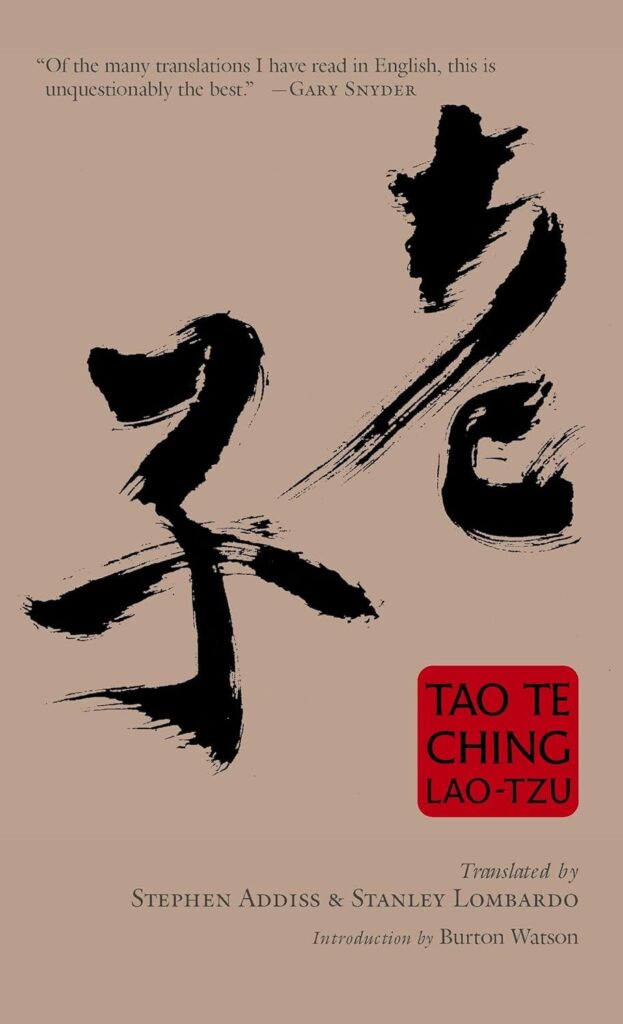
“The Tao Te Ching” is a classic of Chinese philosophical literature, traditionally attributed to Lao Tzu, a 6th-century BCE Chinese philosopher. The text is a guide to the philosophy of Taoism and presents a way of life intended to restore harmony and tranquility. It begins with the idea that the Tao (the Way) is nameless and ineffable, yet it has created the universe.
The text preaches submissiveness, simplicity, and pacifism, advising individuals to leave behind egoism and effort. It emphasizes the idea of “nonaction” or “wuwei”, which implies spontaneity, noninterference, and letting things take their natural course. The Tao Te Ching also serves as a guide for rulers, advocating for meek and submissive leadership.
In essence, the Tao Te Ching is a collection of 81 short chapters full of advice on living in harmony with the Tao, an ancient Chinese interpretation of the spiritual force underpinning all life. It remains relevant to this day, offering wisdom on navigating life’s challenges with grace and equanimity.
2. “I Am That: Talks With Sri Nisargadatta Maharaj,” edited by Sudhakar S

“I Am That: Talks With Sri Nisargadatta Maharaj” is a compilation of dialogues between Sri Nisargadatta Maharaj, a Hindu spiritual teacher, and his followers from around the world. The book was edited by Sudhakar S. Dikshit and translated into English by Maurice Frydman from the original Marathi recordings.
The book is a testament to the teachings of Sri Nisargadatta Maharaj, who did not propound any ideology or religion, but gently unwrapped the mystery of the self. His message was simple, direct, and sublime. The book preserves his dialogues with the followers who came from around the world seeking guidance in destroying false identities.
Sri Nisargadatta Maharaj’s sole concern was with human suffering and the ending of suffering. It was his mission to guide the individual to an understanding of his true nature and the timelessness of being. The book is considered a spiritual classic and has been influential in the spread of Nisargadatta’s teachings to the West, especially North America and Europe.
The book delves deep into questions of identity and existence. It explores the concept of “I am that,” suggesting that we are all part of a limitless existence, the absolute, or God. This idea challenges our conventional understanding of self and encourages readers to discover their true nature. The teachings of Sri Nisargadatta Maharaj continue to inspire and guide individuals on their spiritual journey.
3. “The Gift,” by Hafiz, translated by Daniel Ladinsky
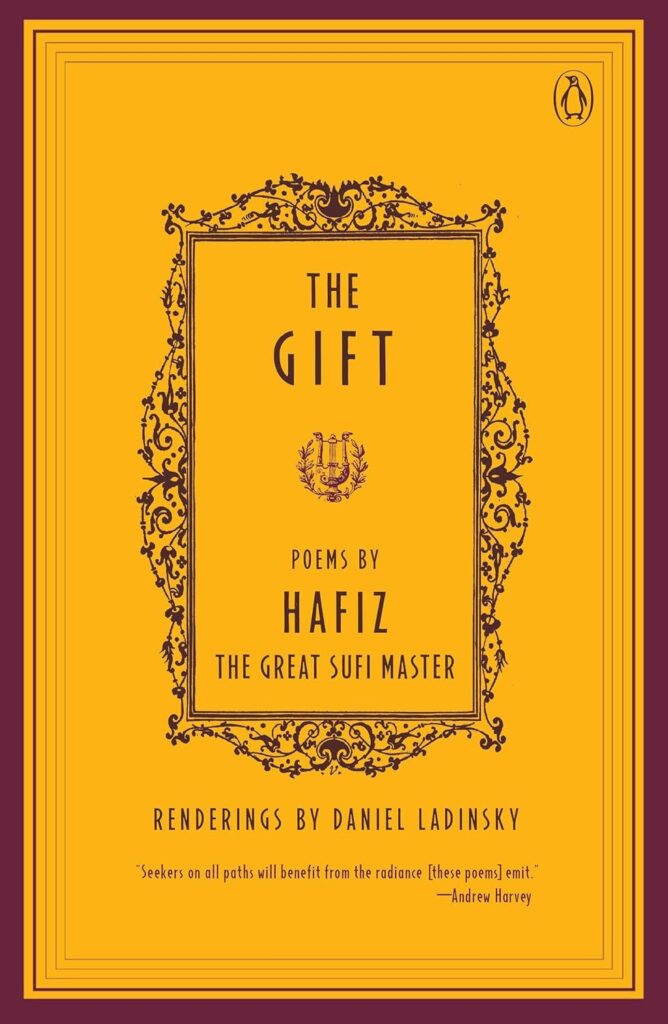
“The Gift” is a collection of Sufi poetry by Hafiz, a 14th-century Persian poet, translated into English by Daniel Ladinsky. The book encapsulates the spiritual journey of the human soul in the search for divine love and truth. Hafiz employs rich symbolism, metaphors, and vivid imagery to convey profound insights into the nature of love, God, and the human experience.
Each line of “The Gift” imparts the wonderful qualities of this master Sufi poet and spiritual teacher: encouragement, an audacious love that touches lives, profound knowledge, generosity, and a sweet, playful genius unparalleled in world literature. The book is a testament to Hafiz’s teachings, who did not propound any ideology or religion, but gently unwrapped the mystery of the self. His message was simple, direct, and sublime.
Hafiz’s poetry was often ecstatic love songs from God to his beloved world, earning him the title “Tongue of the Invisible.” His poetry exists along a spectrum of metaphor, sometimes speaking in completely clear language about God, and sometimes disguising him in metaphors as a kind merchant, a lover, an uncle, and various elements of nature in order to keep his poetry available to the people of Persia.
His work, particularly his imaginative references to monasteries, convents, Shahneh, and muhtasib, ignored the religious taboos of his period, and he found humor in some of his society’s religious doctrines. Employing humor polemically has since become a common practice in Iranian public discourse and Persian satire is now perhaps the de facto language of Iranian social commentary.
“The Gift” is a stunning collection of 250 of Hafiz’s most intimate poems, capturing the essence of one of Islam’s greatest poetic and religious voices. It remains a spiritual classic and continues to inspire and guide individuals on their spiritual journey.
4. The I Ching, or “Book of Changes,” translated by Cary F. Baynes
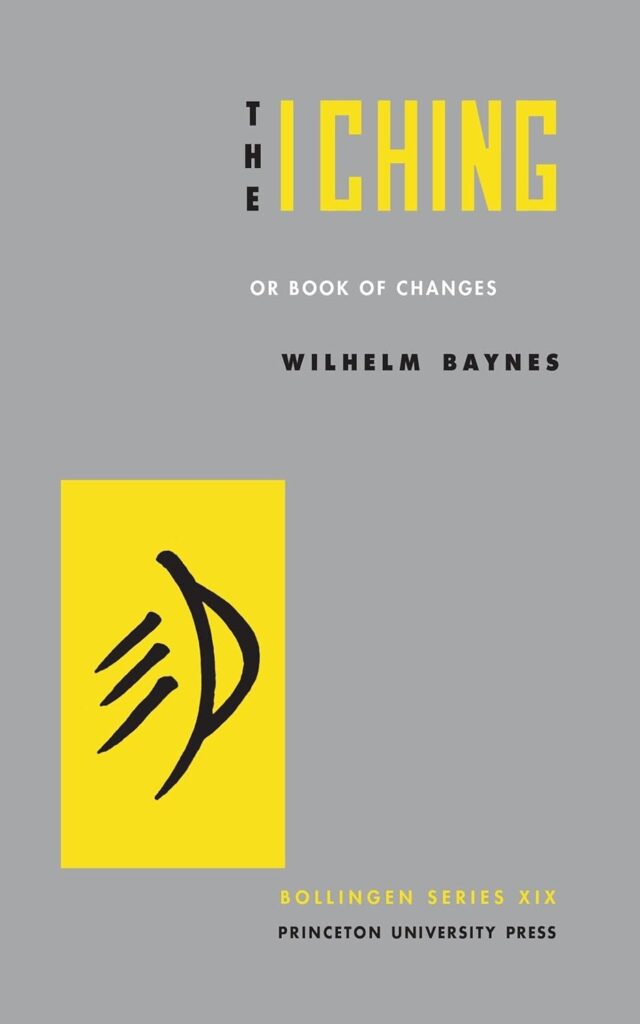
The I Ching, or “Book of Changes,” is an ancient Chinese divination text and one of the oldest of the Chinese classics. Traditionally, it was used as a divination manual in the Western Zhou period (1000–750 BC). Over time, it transformed into a cosmological text with a series of philosophical commentaries known as the “Ten Wings”.
The I Ching identifies recurring situations arising from the dynamic interaction of yin (darkness) and yang (light). It is considered the fountainhead of traditional Chinese philosophy and has had a substantial influence on Western thought, particularly with respect to philosophy of mind.
The I Ching is used for a Chinese form of cleromancy known as I Ching divination, in which bundles of yarrow stalks are manipulated to produce sets of six apparently random numbers ranging from 6 to 9. Each of the 64 possible sets corresponds to a hexagram, which can be looked up in the I Ching. The hexagrams are arranged in an order known as the King Wen sequence. The interpretation of the readings found in the I Ching has been discussed and debated over the centuries.
Many commentators have used the book symbolically, often to provide guidance for moral decision-making, as informed by Confucianism, Taoism, and Buddhism. The hexagrams themselves have often acquired cosmological significance and been paralleled with many other traditional names for the processes of change such as yin and yang and Wu Xing.
The I Ching has also influenced the West. For instance, it was the basis for polymath Gottfried Wilhelm Leibniz’s binary code and subsequently the basis of our digital technology. Psychologist Carl Jung used the Book of Changes to explore notions of synchronicity or “meaningful coincidence.” It has been appreciated for its philosophic depth in the West, particularly in the 20th century.
5. “The Secret History of the World,” by Mark Booth
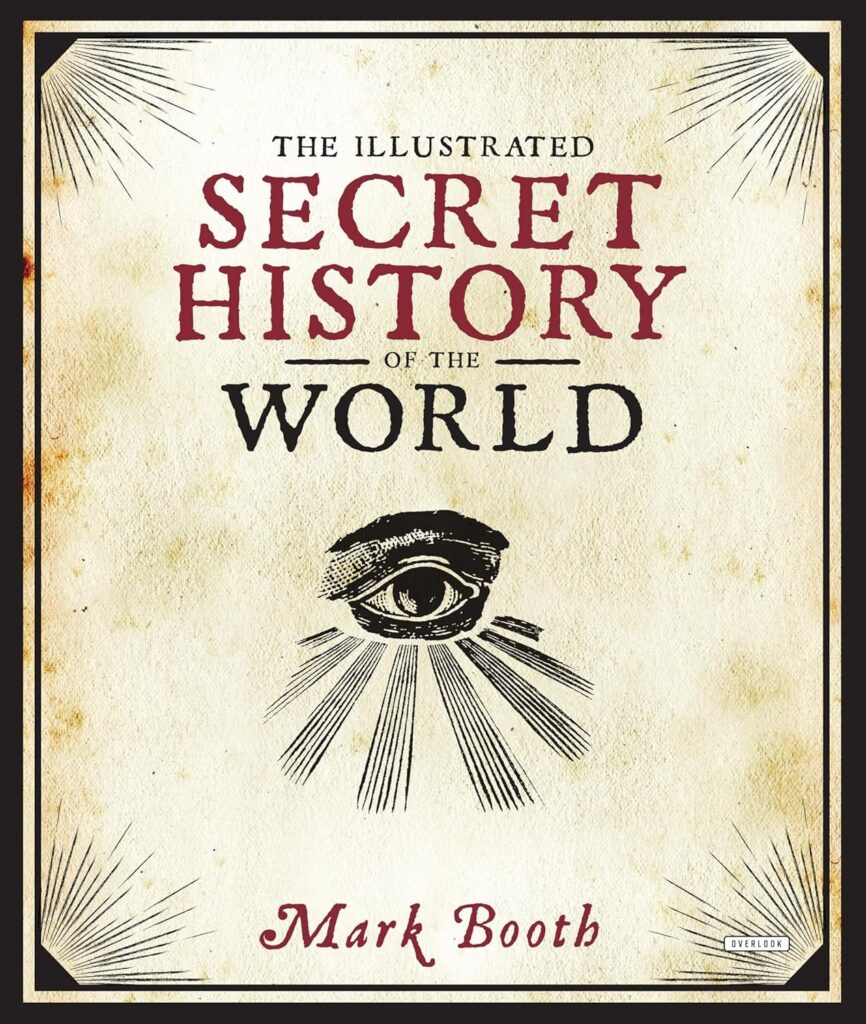
“The Secret History of the World” by Mark Booth is a groundbreaking and controversial work that presents an alternative history of the world based on the beliefs and writings of secret societies. The book embarks on an enthralling tour of the world’s secret histories, starting from a premise that the stories put forward by the world’s various cults and mystical traditions are true.
Booth presents a deeply provocative alternate history of the past 3,000 years, tracing the evolution of the species from the esoteric account of the beginning of time to the occult roots of science. He argues that Christianity contains a hidden tradition of the gods of the stars and planets, and that much of this tradition, including biblical allegories, has been denigrated by Mother Church, but it has hardly been hidden.
The book suggests that by using secret techniques, people such as Leonardo da Vinci, Isaac Newton, and George Washington have worked themselves into an altered state of consciousness in which they can see things about the way the world works that are hidden from us in our everyday, commonsensical consciousness.
Booth’s narrative is encyclopedic and lavishly illustrated, attempting to discern an alternative-belief system in the broad diversity of ancient paganism and mystical offshoots of the major faiths. His researches have been helped by his friendship with a man who is an initiate of more than one secret society, and in one case an initiate of the highest level.
In essence, “The Secret History of the World” is a complete history of the world, from the beginning of time to the present day, viewed from a very different angle. Everything in this history is upside down, inside out, and the other way around. It’s a fascinating read for those interested in alternative histories and the hidden workings of the world.
6. “The Story of B,” by Daniel Quinn
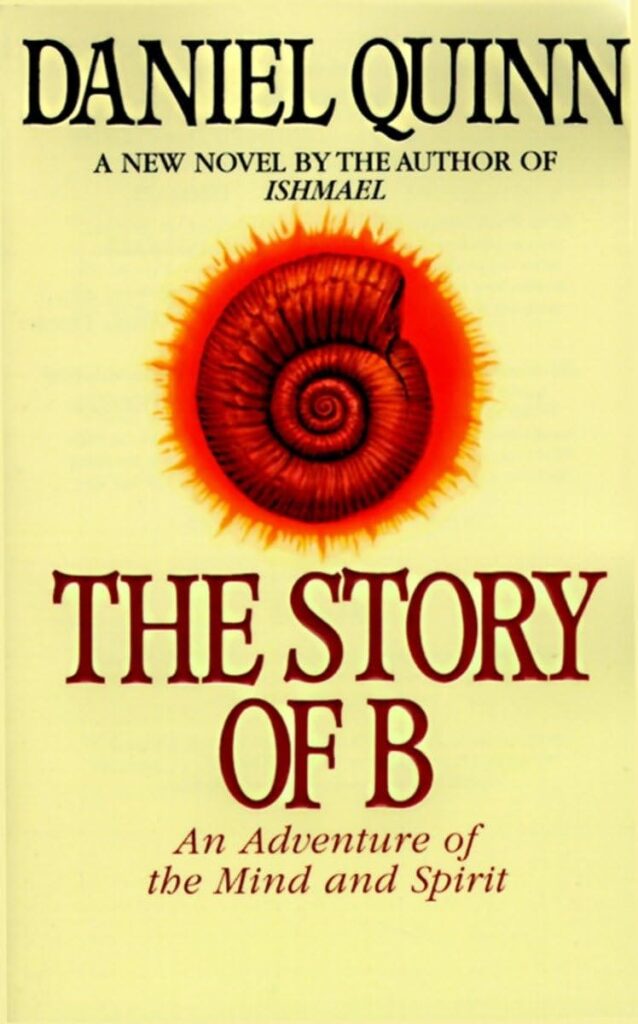
“The Story of B” by Daniel Quinn is a philosophical novel that follows the journey of Father Jared Osborne, a Roman Catholic priest of the Laurentian order. The Laurentians have traditionally made it their duty to be the first group to recognize the Antichrist. With this mission in mind, Jared is tasked with investigating an itinerant American lecturer, Charles Atterley, known as “B”, whose ideas are considered a potential danger to humankind.
Jared begins to attend each of B’s speeches and takes notes that he sends back to his order. Pressed for a judgment on the possibility of B’s being the Antichrist, Jared is driven to penetrate B’s inner circle where he soon finds his religious foundations shaken to their core.
Among the tenets of B’s philosophy are: an advocacy of neotribalism and the “Great Remembering”—which is his idea humanity has forgotten its hunter-gatherer history and should reclaim this forgotten knowledge that once steadily supported humanity’s survival—as well as an opposition to “totalitarian agriculture”, the style of agriculture whereby its practitioners destroy all competition and assume all resources are made only for their own use.
As Jared gets to know B personally, he finds his faith challenged and begins to question his own beliefs. The book chronicles the unlikely relationship that develops between Osborne and B as the former tries to understand the message the latter is spreading. Ultimately, Jared’s experiences lead him to a profound transformation, causing many problems for himself as he loses faith and quits the priesthood.
“The Story of B” is a thought-provoking exploration of belief systems, societal norms, and the concept of the Antichrist, offering readers a unique perspective on religion and philosophy. You can read a full summary of the book here.
7. “Sherlock Holmes,” by Conan Doyle
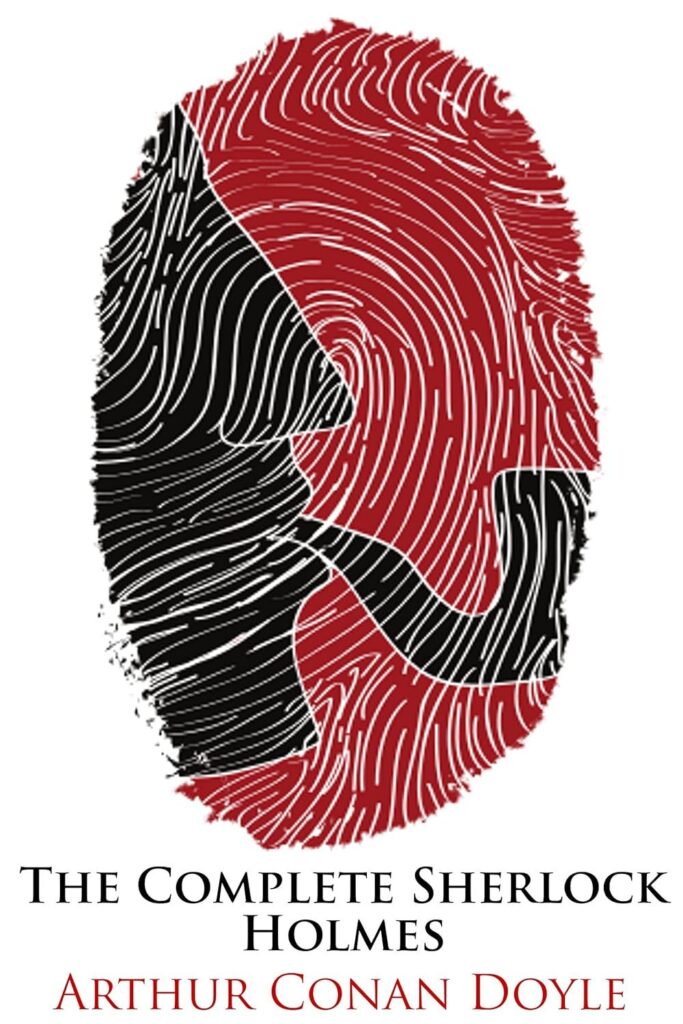
“Sherlock Holmes” is a series of stories written by Sir Arthur Conan Doyle featuring the eponymous detective, Sherlock Holmes. Holmes is known for his proficiency with observation, deduction, forensic science, and logical reasoning, which he employs when investigating cases for a wide variety of clients, including Scotland Yard.
The character first appeared in Conan Doyle’s “A Study in Scarlet”, published in 1887. Holmes is often described as the world’s first and only “consulting detective,” and he pursued criminals throughout Victorian and Edwardian London, the south of England, and continental Europe.
The stories are narrated by Dr. John Watson, Holmes’s friend and roommate, who often accompanies the detective during his investigations and usually shares quarters with him at the address of 221B Baker Street, London.
Holmes’s methods and mannerisms were modeled on those of Dr. Joseph Bell, who had been Conan Doyle’s professor at the University of Edinburgh Medical School. In particular, Holmes’s uncanny ability to gather evidence based upon his honed skills of observation and deductive reasoning paralleled Bell’s method of diagnosing a patient’s disease.
The Sherlock Holmes series includes four novels and 56 short stories, and the character’s adventures have been adapted numerous times for stage, film, and television.
8. “The Art Spirit,” by Robert Henri
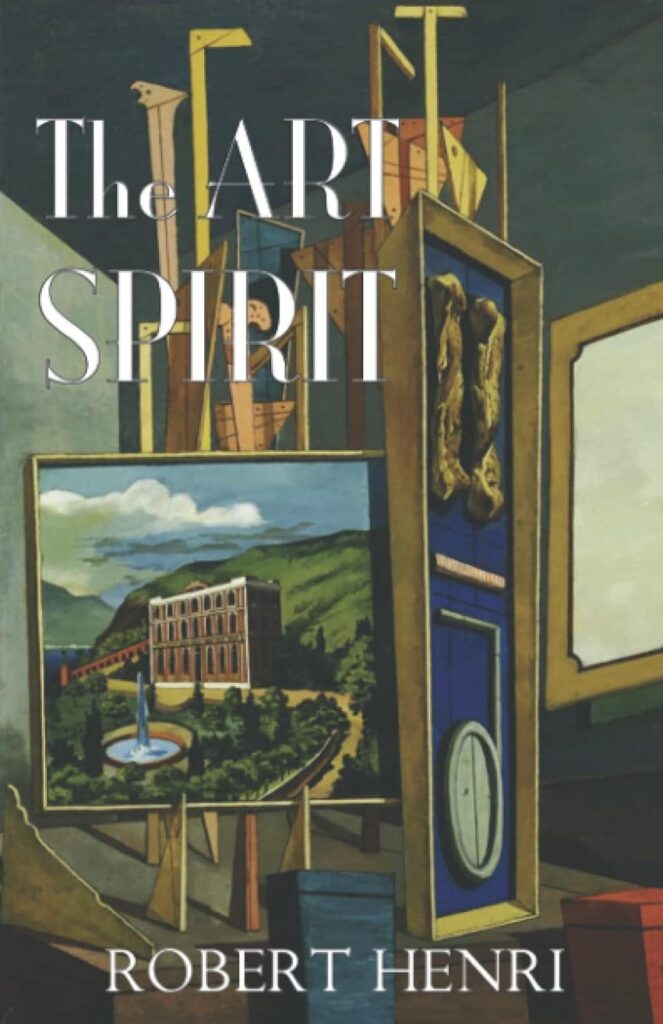
“The Art Spirit” by Robert Henri is a compilation of the essential beliefs and theories of this great teacher and American artist. The book embodies the entire system of his teaching, with much technical advice and critical comment for the student, but it also contains inspiration for those to whom the happiness to be found through all the arts is important.
Henri was a leader of the Ashcan School of American realism and encouraged his students and peers to create new, more realistic art which reflected their lives and experiences. “The Art Spirit” is a collection of Henri’s teachings, words of wisdom, and views on the place of the art and artist in American society and culture.
The book is a glorification of the artist’s life, and how mundane difficulties pale to the joys of the artistic life. It provides insights into the mind of one of America’s most influential artists and teachers, and the reader-artist comes away with an uplifting sense in what it means to be a part of the great “Brotherhood” of art.
In the realm of art, where creativity knows no bounds and artists strive to capture the elusive essence of life, few voices have resonated as powerfully as that of Robert Henri. Within the pages of his timeless masterpiece, “The Art Spirit,” lies a treasure trove of wisdom and inspiration, beckoning artists and art enthusiasts alike.
Henri effortlessly weaves together his philosophy, anecdotes, and intimate conversations with fellow artists, inviting the reader on a transformative journey. With each turn of the page, the core idea emerges — that true artistry lies not in mere technical skill, but in an unwavering dedication to expressing one’s individuality, innermost emotions, and unyielding passion.
Through this introspective exploration, Henri ignites a spark within the reader, encouraging them to delve deeply into their creative spirit, embrace the journey of self-discovery, and ultimately unlock the door to artistic enlightenment.
9. “Man and His Symbols,” by Carl Jung
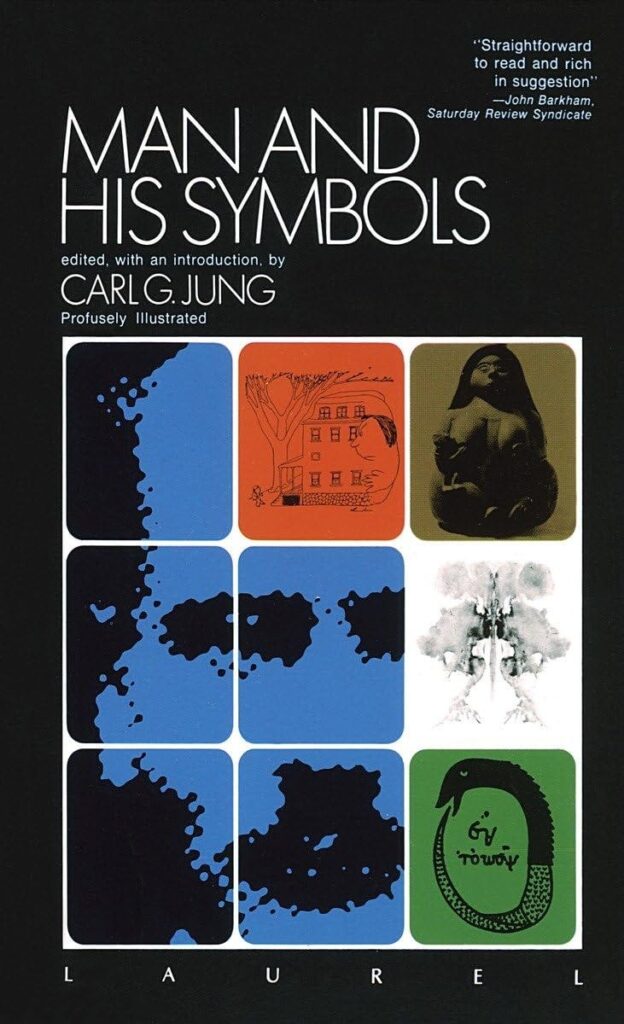
“Man and His Symbols” is the last work undertaken by Carl Jung before his death in 1961. The book is divided into five parts, four of which were written by associates of Jung: Marie-Louise von Franz, Joseph L. Henderson, Aniela Jaffé, and Jolande Jacobi. The book seeks to provide a clear explanation of Jung’s complex theories for a wide non-specialist readership.
Jung wrote Part 1, “Approaching the Unconscious,” which serves as an introduction and summary of the major points of his theoretical framework. He explains the importance of dreams, asserting that humanity’s modern disconnect from their dreams and thus their unconscious is a problem worthy of acknowledgement. He insists that a disconnect from the unconscious and from nature is also a disconnect from one’s own soul.
Jung believes that dreams serve a fundamental purpose to communicate the repressed and ignored aspects of the unconscious and to direct the individual towards a fulfilling and healthy life. He notes the way the unconscious has been a tool for human beings throughout history and how the images communicated in dreams are consistent across time and space.
Jung explains dream analysis, stating that it must be done from the perspective of the individual and their life context, while utilizing knowledge of archetypes. He states that symbols impact the way people think and behave. Jung also explains the duality within humans and how the splitting of the conscious and unconscious mind can be healed through dream analysis and the process of individuation.
The remaining parts of the book were written by the various authors to Jung’s direction and under his supervision. These parts delve into ancient myths and modern man, the process of individuation, symbolism in the plastic arts, and symbols within an individual analysis. The book is abundantly illustrated and offers a comprehensive exploration of the unconscious, archetypes, and the meaning of symbols in everyday life.
10. “Born to Run,” by Christopher McDougall
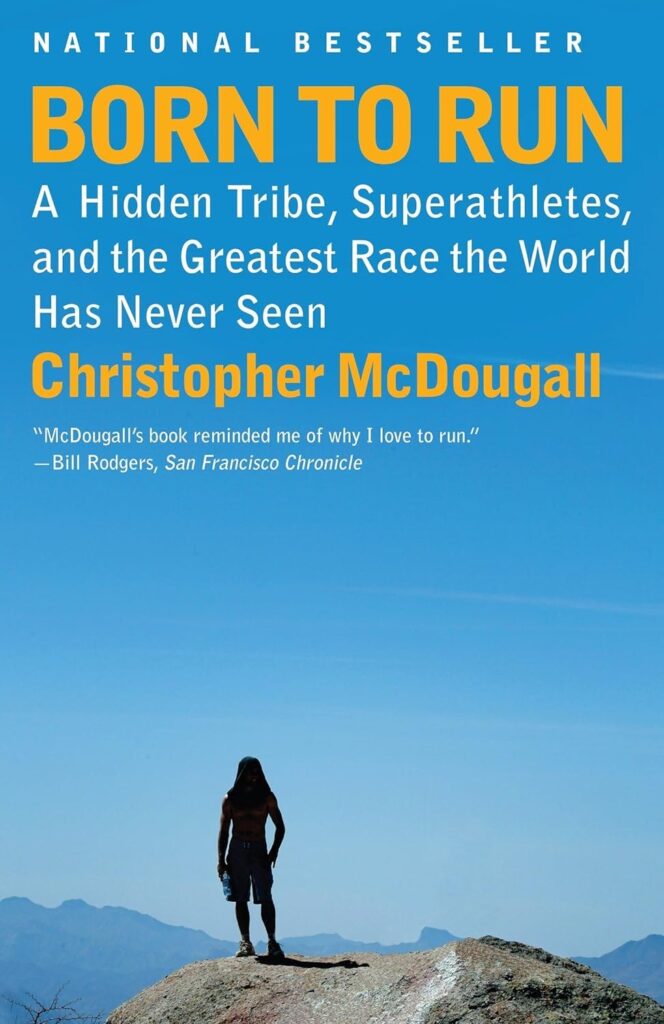
“Born to Run” by Christopher McDougall is a captivating exploration of the Tarahumara tribe’s prowess in long-distance running and the evolution of humans as runners. The book begins with McDougall’s own experiences as a runner and his quest to understand why he and so many other runners are plagued by injuries. This leads him to the Tarahumara, an indigenous Mexican tribe known for their remarkable injury-free endurance running ability.
The Tarahumara live in the Copper Canyons of Northwestern Mexico and are renowned for their ability to run unheard of distances even into their old age. McDougall’s journey to learn about the Tarahumara involves finding a mysterious American ultrarunner known as Caballo Blanco, who had come to the canyons years earlier to live among the Tarahumara.
The book delves into the culture and traditions of the Tarahumara, the evolution of distance running, and the science of running. It challenges the modern paradigm of running, particularly the use of high-tech running shoes, and suggests that humans are indeed “born to run.”
“Born to Run” is not just a book about running; it’s a book about human potential and the joy of movement. It’s a fascinating read for runners and non-runners alike, offering insights into our shared evolutionary heritage and the simple, primal joy of running.
11. “The Timeless Way of Building,” by Christopher Alexander
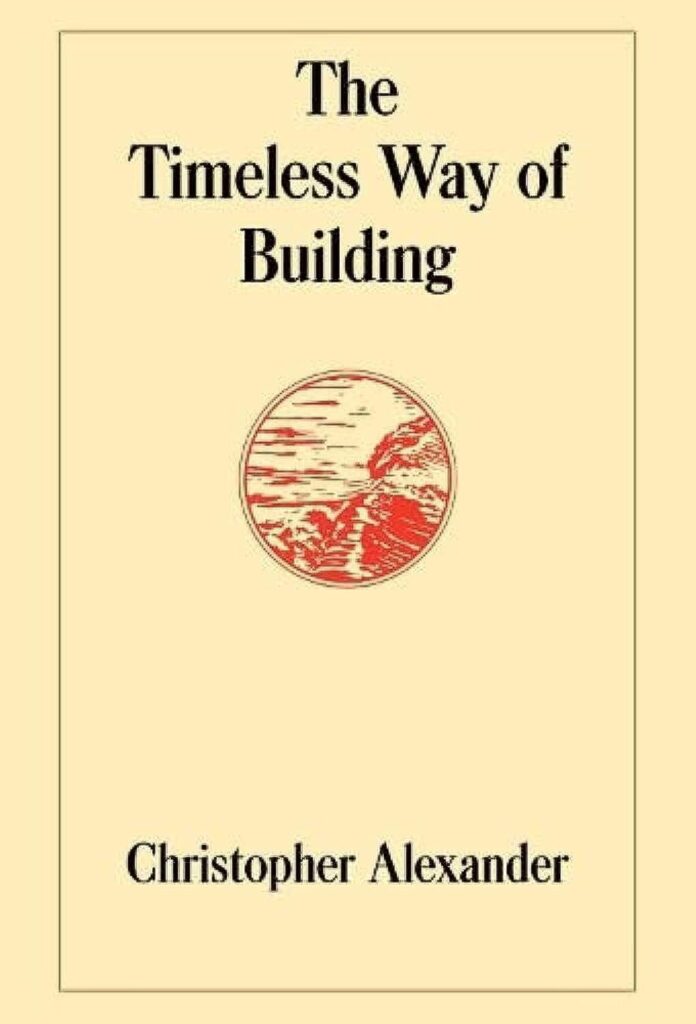
“The Timeless Way of Building” by Christopher Alexander is a seminal work in the field of architecture that proposes a new theory of architecture and design based on the understanding and configuration of design patterns. The book is essentially the introduction to Alexander’s other works, “A Pattern Language” and “The Oregon Experiment,” providing the philosophical background to the Center for Environmental Structure series.
In the book, Alexander introduces the concept of the “quality without a name,” a certain aesthetic and functional quality that he argues should be an integral part of our buildings and built environment. He attempts to define this idea by surrounding it with existing concepts that reflect a part of this quality but are not sufficient to define it individually.
The book is written in a unique style, with a series of italicized headlines followed by short sections providing more detail. It also includes numerous full-page photo illustrations throughout the book, some of which are referenced by the text and some of which are simply an additional visual argument to complement the words.
Alexander describes the timeless way of building as the process that happens by itself, that brings order to ourselves. He believes that if such a method is to be understood, you will be capable enough to make any building a beautiful space to be in.
“The Timeless Way of Building” has had a significant influence on creative thinking, especially in the areas of architecture and software design, and continues to be a sought-after read in the libraries of architectural institutions around the globe.
Reference: Rick Rubin Wants You to Read Sherlock Holmes Before You’re 21